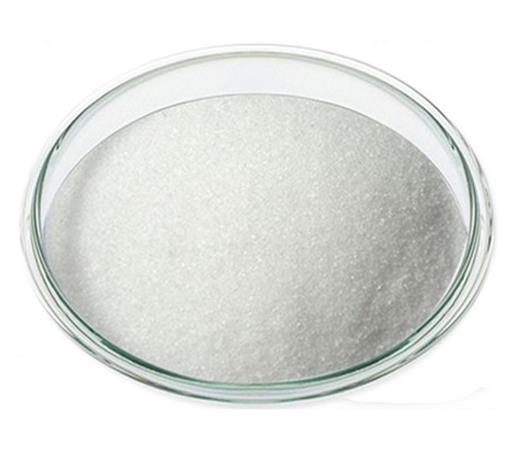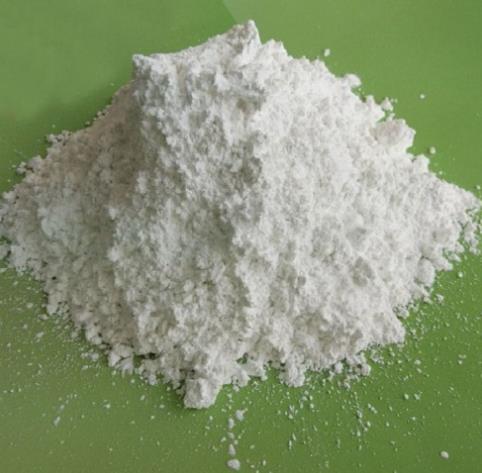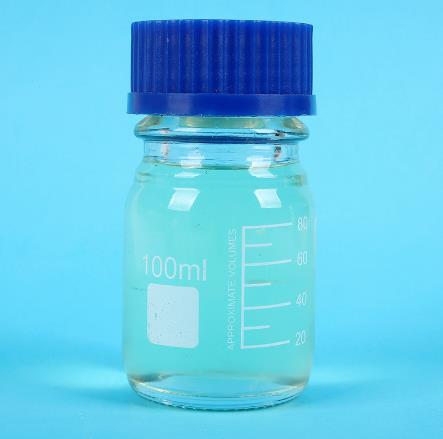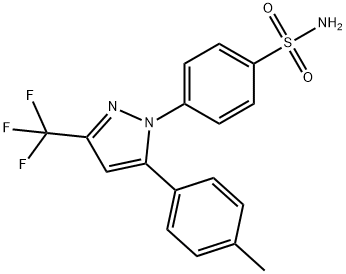Celecoxib: A Detailed Exploration of Its Chemistry, Applications, and Storage
Sep 24,2024
Introduction
Celecoxib, a nonsteroidal anti-inflammatory drug (NSAID), has emerged as a widely prescribed medication due to its targeted mechanism of action and its reduced side effects compared to traditional NSAIDs. This article provides an in-depth exploration of Celecoxib, focusing on its chemical properties, composition, applications, and appropriate storage conditions.

Figure 1 Characteristics of Celecoxib
Properties of Celecoxib
Chemically, Celecoxib is classified as a selective cyclooxygenase-2 (COX-2) inhibitor. Its IUPAC name is 4-[5-(4-methylphenyl)-3-(trifluoromethyl)-1H-pyrazol-1-yl]benzenesulfonamide, with a molecular formula of C17H14F3N3O2S and a molecular weight of 381.37 g/mol. This compound belongs to the sulfonamide class of drugs and features a pyrazole core, which plays a critical role in its biological activity.
Celecoxib exists as a white to off-white crystalline powder, with a melting point ranging from 157°C to 159°C. It is insoluble in water but shows solubility in organic solvents such as methanol, ethanol, and dimethyl sulfoxide (DMSO). The trifluoromethyl and sulfonamide groups contribute significantly to its pharmacological profile, influencing both the drug's efficacy and its safety profile.
From a pharmacokinetic standpoint, Celecoxib exhibits a high degree of plasma protein binding (~97%) and has a half-life of approximately 11 hours, making it a relatively long-acting medication. Metabolically, it is processed predominantly by the liver, primarily through the cytochrome P450 enzyme system (CYP2C9), where it undergoes hydroxylation and subsequent glucuronidation.
Composition of Celecoxib
Celecoxib is commercially available in various forms, including capsules of different strengths (e.g., 100 mg, 200 mg, and 400 mg). The active ingredient in these formulations is Celecoxib itself, but several inactive ingredients are often present to enhance the drug's stability, solubility, and bioavailability. These excipients may include:
Lactose monohydrate – Used as a filler and stabilizer.
Croscarmellose sodium – Acts as a disintegrant, facilitating the breakup of the capsule upon ingestion.
Magnesium stearate – Serves as a lubricant to prevent clumping during the manufacturing process.
Gelatin – Used for the capsule shell, along with colorants like titanium dioxide and sodium lauryl sulfate.
The presence of these excipients ensures that Celecoxib remains pharmaceutically effective and palatable for oral administration.
Uses and Applications of Celecoxib
Celecoxib's primary medical application lies in its ability to reduce pain and inflammation by selectively inhibiting the COX-2 enzyme while sparing the COX-1 enzyme. This selectivity distinguishes Celecoxib from traditional NSAIDs, such as ibuprofen and aspirin, which inhibit both COX-1 and COX-2 and are therefore associated with higher risks of gastrointestinal and renal side effects.
The selective COX-2 inhibition provided by Celecoxib makes it particularly useful for patients who require long-term NSAID therapy but are at risk of gastrointestinal complications. Common therapeutic applications of Celecoxib include:
Osteoarthritis (OA): Celecoxib is frequently prescribed for the relief of pain and inflammation associated with OA, a degenerative joint disease.
Rheumatoid Arthritis (RA): Celecoxib is also used to treat the symptoms of RA, an autoimmune disorder characterized by chronic inflammation of the joints.
Ankylosing Spondylitis (AS): Patients with AS, a type of arthritis that primarily affects the spine, may benefit from Celecoxib’s anti-inflammatory properties.
Acute Pain: Celecoxib is occasionally employed for short-term relief of acute pain, particularly post-surgical pain.
Familial Adenomatous Polyposis (FAP): In some cases, Celecoxib has been used to reduce the number of polyps in the colon and rectum, helping to prevent colorectal cancer in individuals with FAP.
Celecoxib’s unique ability to control inflammation with fewer gastrointestinal side effects has positioned it as a preferred choice for long-term pain management. Its efficacy in reducing inflammation is also complemented by its relatively mild impact on kidney function, though care must still be taken in patients with existing renal issues.
Storage and Stability
The proper storage of Celecoxib is crucial for maintaining its chemical stability and therapeutic effectiveness. Celecoxib capsules should be stored at room temperature, ideally between 15°C and 30°C (59°F and 86°F), in a dry place away from direct light and moisture. Exposure to high humidity or temperature can degrade the drug, reducing its efficacy.
Because of its potential to degrade under improper storage conditions, it is recommended to keep Celecoxib in its original container until use. The shelf life of Celecoxib is generally around 24 to 36 months, but this can vary depending on the specific formulation and packaging. Pharmacists and healthcare providers should ensure that the drug is dispensed well within its expiration date to prevent compromised therapeutic outcomes.
In laboratory settings, where Celecoxib may be stored for research purposes, strict attention should be paid to temperature control and humidity levels. Chemical purity can be compromised if the drug is not stored under optimal conditions, which could affect experimental results, especially in assays assessing its pharmacodynamics or interactions with other compounds.
References:
[1] LIVIA PULJAK. Celecoxib for osteoarthritis.[J]. Cochrane Database of Systematic Reviews, 2017, 5. DOI:10.1002/14651858.CD009865.pub2.
[2] LI GONG. Celecoxib pathways: pharmacokinetics and pharmacodynamics.[J]. Pharmacogenetics and genomics, 2012, 22 4. DOI:10.1097/FPC.0b013e32834f94cb.
- Related articles
- Related Qustion
Hydrocortisone acetate, a synthetic derivative of the natural steroid hormone hydrocortisone, is widely used in the pharmaceutical and healthcare industries.....
Apr 10,2025Chemical Reagents4'-Methylpropiophenone plays a critical role in a wide range of industrial and pharmaceutical applications due to its versatile properties and reactivity.....
Sep 24,2024APICelecoxib
169590-42-5You may like
- Celecoxib
-

- $10.00 / 1ASSAYS
- 2025-10-30
- CAS:169590-42-5
- Min. Order: 1ASSAYS
- Purity: 99%
- Supply Ability: 1 ton
- Celecoxib
-

- $0.00 / 1kg
- 2025-10-30
- CAS:169590-42-5
- Min. Order: 1kg
- Purity: 99%
- Supply Ability: 1000kg
- Celecoxib
-

- $0.00 / 1kg
- 2025-10-30
- CAS:169590-42-5
- Min. Order: 1kg
- Purity: 0.99
- Supply Ability: 800kg






